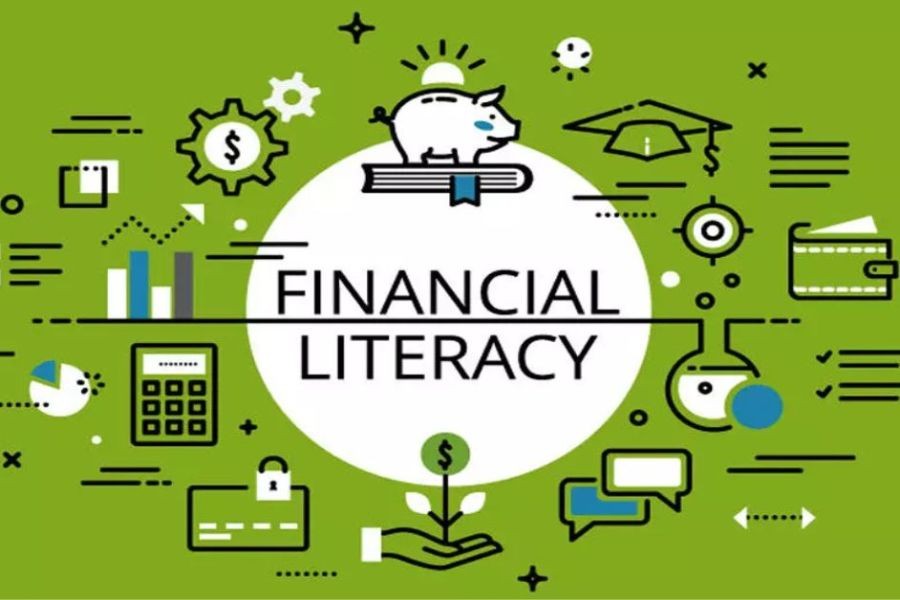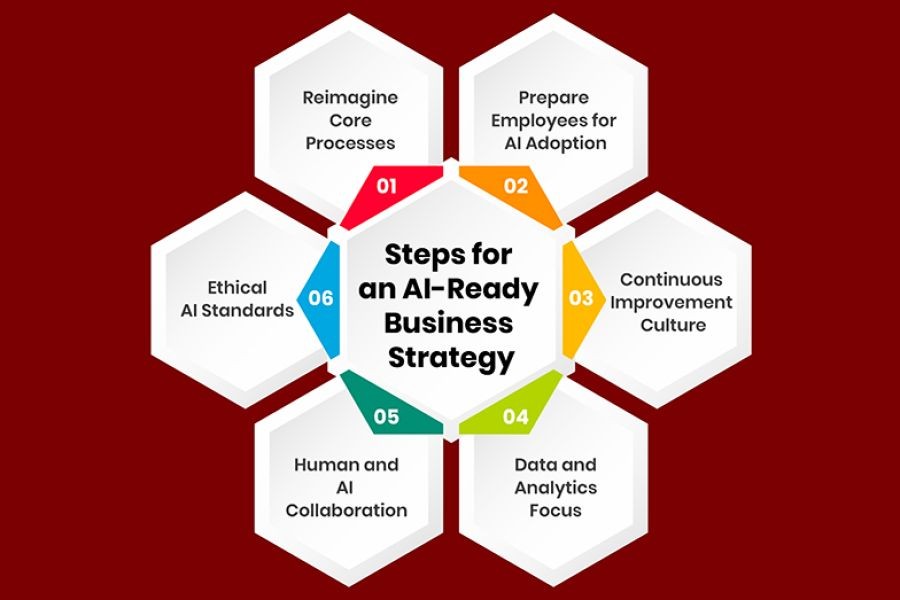In an era where financial literacy is becoming increasingly crucial, parents and educators in Australia are faced with a significant dilemma: should they actively teach kids about money management, or let them learn through experience, even if it means making mistakes? This debate is particularly relevant in Australia, where the economy's fluctuations and consumer behavior indicate a growing necessity for financial acumen among young people.
Why Financial Literacy Matters in Australia
Australia's economic landscape is unique; it boasts a robust financial services sector and a high standard of living, yet many Australians struggle with financial management. According to the Australian Bureau of Statistics, household debt levels have surged, reaching record highs in 2023. This alarming statistic underscores the importance of equipping the next generation with financial skills to navigate the complex economic environment effectively.
The Case for Teaching Financial Literacy
Advocates for teaching financial literacy argue that structured education can provide children with essential knowledge and skills, setting them up for lifelong financial success. A report from ASIC highlights that students who receive financial education are more likely to save money, budget effectively, and make informed financial decisions.
Benefits of Early Financial Education
- Better Decision-Making: Children learn to assess financial risks and rewards, leading to more informed decisions.
- Long-term Savings: Early education encourages saving habits, which can lead to significant financial security in adulthood.
- Understanding of Compound Interest: Educating children about compound interest can motivate them to start saving earlier.
The "Learn the Hard Way" Approach
Conversely, some experts believe that experiencing financial mistakes firsthand can be a powerful teacher. This approach suggests that children who learn the hard way develop resilience and adaptability, key traits for navigating an unpredictable financial landscape.
Potential Advantages
- Real-world Experience: Making mistakes can provide practical learning experiences that theoretical education may not cover.
- Resilience Building: Overcoming financial setbacks can build character and perseverance.
- Innovative Thinking: Challenges can encourage creative problem-solving and innovation.
Case Study: Financial Literacy in Australian Schools
Several Australian schools have successfully integrated financial literacy into their curricula. For example, the New South Wales Department of Education has implemented programs that teach students about budgeting, saving, and financial planning. These programs have reportedly improved students' financial understanding and confidence.
Results and Impact
According to the RBA, students who participated in these programs demonstrated a 30% increase in financial literacy scores compared to those who did not. Additionally, feedback from teachers suggests that students are more engaged and interested in financial topics, indicating a positive shift in attitudes toward money management.
Potential Pitfalls of Both Approaches
Teaching Financial Literacy
- Over-reliance on Theory: Without practical application, theoretical knowledge may not translate into real-world skills.
- Resource Limitations: Schools may lack the resources or expertise to provide comprehensive financial education.
Learning the Hard Way
- Risk of Major Consequences: Financial mistakes can lead to significant setbacks, such as debt accumulation or poor credit scores.
- Emotional Impact: Experiencing financial failure can be stressful and demotivating, particularly for young individuals.
Balancing Both Approaches
To maximize the benefits of both approaches, a hybrid model can be effective. This model combines structured financial education with opportunities for real-world learning, allowing children to gain theoretical knowledge while also learning from experience.
Practical Implementation Strategies
- Interactive Workshops: Schools can organize workshops where students manage virtual budgets or simulate investment scenarios.
- Parental Involvement: Parents can involve children in household budgeting and financial discussions to provide practical exposure.
- Real-life Projects: Encourage students to undertake small-scale financial projects, such as starting a mini business or savings challenge.
Common Myths About Financial Literacy
- Myth: Financial literacy is only necessary for adults.
- Reality: Financial literacy is crucial for all ages, as early education can lead to better financial habits and decision-making.
- Myth: Schools cannot effectively teach financial literacy.
- Reality: With the right resources and curriculum, schools can play a pivotal role in financial education.
Future Trends and Predictions
Looking ahead, the integration of technology into financial education is likely to expand. Digital platforms and fintech tools are expected to play a significant role in enhancing financial literacy among Australian youth. By 2028, it is predicted that 70% of financial education will be delivered through digital means, making it more accessible and engaging for students.
Conclusion
Financial literacy is a critical skill that can significantly influence an individual's financial well-being. While both teaching financial literacy and allowing children to learn through experience have their merits, a balanced approach that incorporates elements of both can provide the most comprehensive education. By fostering financial acumen from a young age, we can prepare the next generation for success in Australia's dynamic economic environment.
People Also Ask
- How does financial literacy impact young Australians? Financial literacy empowers young Australians to make informed decisions, leading to better financial stability and reduced debt levels.
- What are common misconceptions about financial education? A common misconception is that financial literacy is only necessary for adults. However, starting early can instill lifelong beneficial habits.
- What future trends could affect financial literacy in Australia? The rise of digital platforms and fintech solutions is expected to enhance financial literacy education, making it more accessible and interactive.
Related Search Queries
- Financial literacy programs in Australia
- Teaching kids about money in Australia
- Advantages of financial education for children
- Australian economy and financial literacy
- Financial mistakes to avoid for young Australians































Skylan Digital
6 months ago